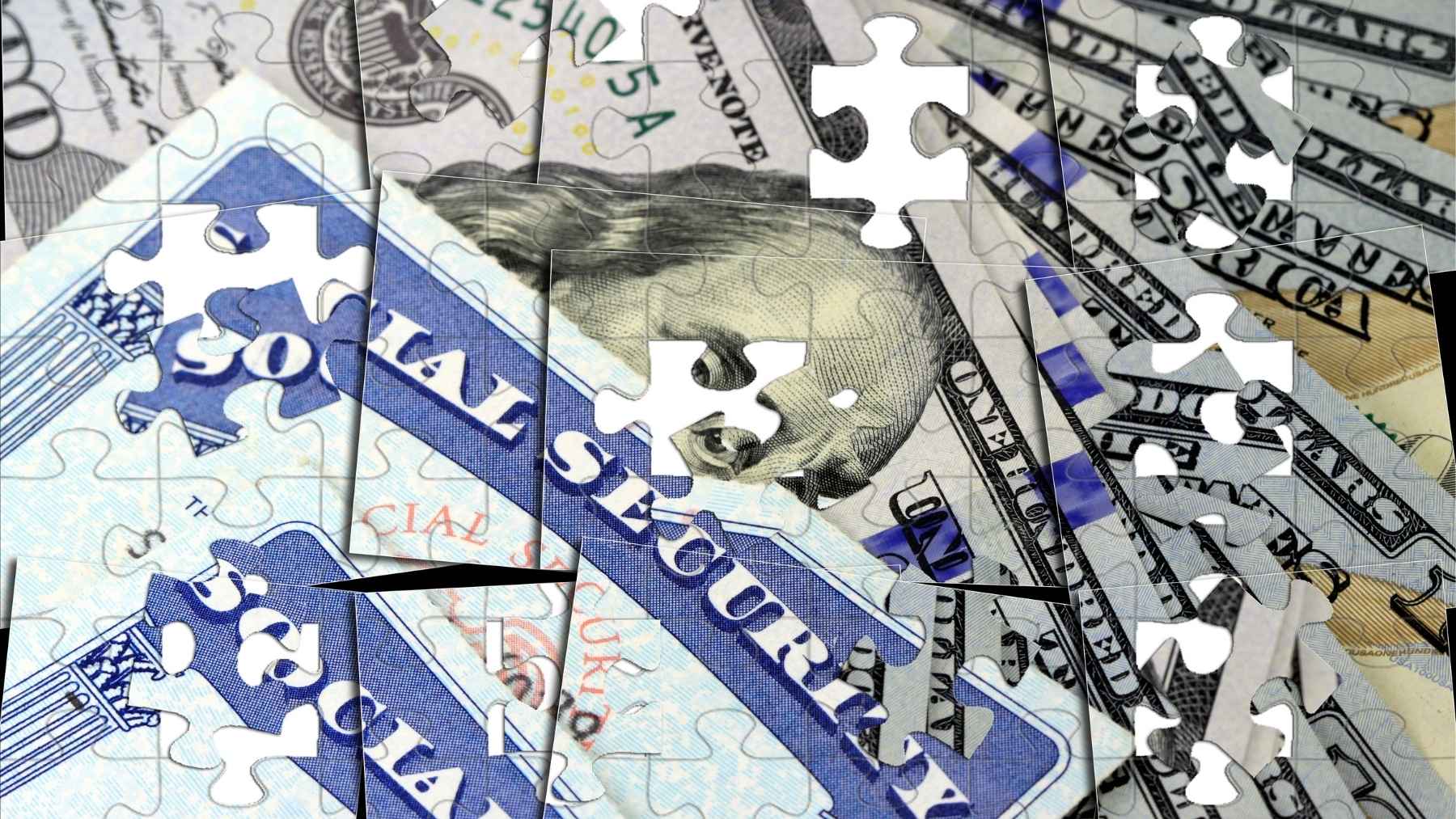Beneficiaries of Social Security, particularly those who qualify for the Supplemental Security Income, or SSI, will have noticed by now that there will not be a SSI payment for the month of June. SSI beneficiaries need not worry that they are missing out on a payment, however, because the SSI check for the month of June will be sent out slightly earlier.
Here is what you need to know about the June SSI benefit payment.
Why is there no SSI benefit payment scheduled in June?
The Social Security Administration (SSA) uploads its benefit payment schedule well in advance to the official SSA website. Thanks to this, the beneficiaries of these checks are able to plan their budgets for the month around these payment dates if need be.
According to the SSA’s Schedule of Social Security Benefit Payments for 2025, there will be no SSI payment going out for the entirety of the month of June. Instead, the SSI check that is meant to be used for the month of June will be sent out on May 30 as indicated on the schedule.
As such, it is of utmost importance for SSI beneficiaries to note that the second SSI payment that they will receive in the month of May is not a bonus payment. It is the SSI benefit intended for use during the month of June. Additionally, “if you don’t receive your payment on the expected date, please allow three additional mailing days before contacting Social Security,” the SSA notes.
SSI payments are usually made on the first of each month. However, the reason that the SSA is sending out the June SSI check a few days early is because the first of June falls on a weekend. Since June 1st falls on a Sunday this year, the SSA is sending out the SSI check for June earlier, on May 30 which is the last business day of the month. Because of this early payment, SSI beneficiaries will be able to have their June benefit as the new month begins rather than it being delayed until the first working day of the new month. The payment schedule is adjusted in this manner any time the first of the month falls on a weekend or holiday.
The SSA also notes that payment dates may differ slightly for recipients who qualify for both Social Security and SSI. According to the schedule, “If you received Social Security before May 1997 or if receiving both Social Security & SSI, Social Security is paid on the 3rd and SSI on the 1st.”
How does SSI differ from the regular Social Security benefit?
The Supplemental Security Income is also administered by the SSA, much like the regular Social Security benefits. Monthly SSI benefits are paid to individuals “with limited income and resources who are blind, age 65 or older, or have a qualifying disability. Children with disabilities or who are blind may also get SSI,” — as per the official SSA website.
However, SSI benefits are not funded by Social Security taxes, it is funded by the general funds of the U.S treasury. This includes personal income taxes, corporate taxes, and other taxes which means that even if you have never paid into Social Security, you could still qualify for SSI benefits.
For 2025, the maximum SSI benefit that a qualifying individual can receive stands at “$967 per month for an individual and $1,450 per month for a couple,” according to the official SSA website. This is the maximum receivable amount, however, factors such as income or living arrangements could alter the actual amount you receive as follows:
- For every $2 of work income earned, the SSA deducts $1.
- A dollar-for-dollar reduction is usually applied in the case of alternate income sources such as disability benefits, pensions, or unemployment.
- Living arrangements could result in a deduction.

